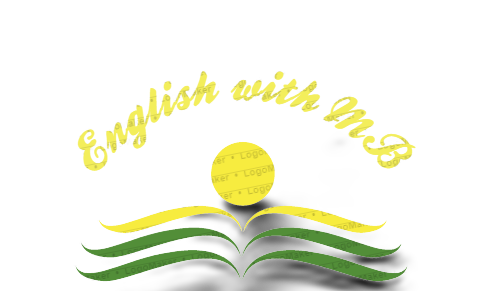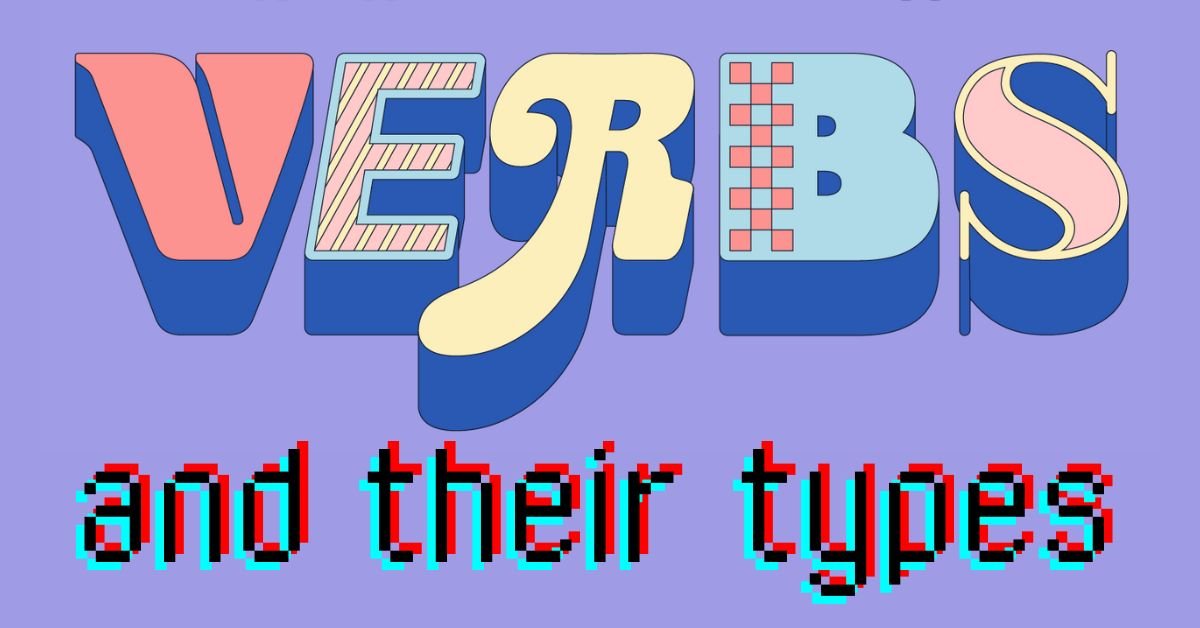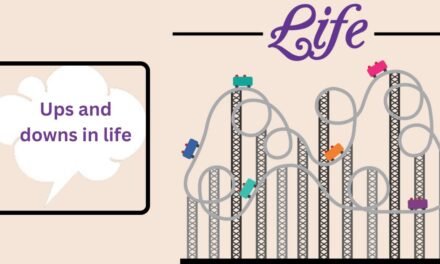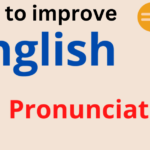Verbs with types
Verbs are the workhorses of a sentence. They bring life and action, describing what’s happening and how things exist. But verb aren’t a monolithic group; they come in a variety of types, each with its specific role in crafting clear and effective communication. This comprehensive guide delves into the fascinating world of verb types, equipping you with the knowledge to become a verb virtuoso!
1. Action Verbs The Movers and Shakers
These are the most dynamic bunch, portraying physical or mental activities. They depict what someone or something is doing. Here’s how they make a sentence sing:
- Examples: She runs every morning. (physical)
- Examples: He pondered the meaning of life. (mental)
Further Exploration
- Transitive vs. Intransitive: Action verbs can be further classified based on their relationship with objects:
Transitive verbs
These require a direct object to receive the action.
- Examples: She built a sandcastle. (built what? – sandcastle)
Intransitive verbs
They don’t need a direct object to complete their meaning.
- Examples: The dog barked. (no object receives the barking)
2. Stative Verbs The State of Being
In contrast to action verbs, describe a state of being, existence, or possession. They represent ongoing conditions or characteristics.
- Examples: The book belongs to me. (state of ownership)
- Examples: She appears happy today. (state of seeming)
Important Note: It typically don’t function well in the continuous tense (e.g., “is appearing”) because they represent a continuous state, not an ongoing action.
3. Linking Verbs Connecting the Dots
As the name suggests, connect the subject to a complement, which explains or renames the subject. They don’t express actions but rather a state of being, quality, or condition.
- Common Linking Verbs:
be, seem, become, appear, grow, look, smell, taste, feel
- Examples:
She is a talented writer. (is connecting “she” to “talented writer”)
- Examples:
The coffee smells delicious. (smells connects “coffee” to “delicious”)
Remember: Linking verbs often follow verbs like “can,” “may,” or “should,” forming a verb phrase that functions similarly to a linking verb.
4. Helping Verbs (Auxiliary Verbs): The Power Behind the Throne
Helping verbs, also known as auxiliary verbs, lend a helping hand to main verbs. They provide additional information about tense, mood, or voice.
- Examples: They will travel to Europe next month. (will – future tense)
- Examples: She has been working on the project all day. (has – present perfect tense)
Common Helping Verbs:
be, have, do, will, would, shall, should, may, might, can, could
5. Modal Verbs: Expressing Possibility and Necessity
These express possibility, ability, obligation, permission, or advice. They are always followed by a base verb (not the past participle).
- Examples: She can speak three languages fluently. (can – ability)
- Examples: You should study for the exam. (should – advice)
Common Modal Verbs:
can, could, may, might, will, would, shall, should, must, ought to
6. Phrasal Verbs: Adding Nuance with Two Words
These are formed by combining a verb with a preposition or adverb, creating a new meaning different from the individual words.
- Examples: She looked up the answer online. (looked up = searched for)
- Examples: We ran into an old friend at the cafe. (ran into = met unexpectedly)
Understanding phrasal verbs can significantly enhance your grasp of spoken English.
7. Regular Verbs vs. Irregular Verbs: A Tale of Two Conjugations
These are conjugated (modified) to indicate tense. Regular verbs follow a predictable pattern, adding “-ed” for the past tense and past participle (e.g., walk, walked, walked).
- Examples: She talked to her friend yesterday. (talked – past tense)
Irregular verbs, however, defy this pattern and have unique forms for different tenses (e.g., eat, ate, eaten).
- Examples: They ate dinner last night. (ate – past tense)
8. Verb Tense: Capturing Time
These indicates when an action happens (past, present, or future) or expresses a state of being. We’ve already encountered some tenses, but let’s explore them further:
Simple Tenses
These tenses express basic actions in each time frame.
Present Simple:
- describes habitual actions or general truths (e.g., She works long hours.)
Past Simple:
- describes completed actions in the past (e.g., They visited their grandparents last summer.)
Future Simple:
- describes actions that will happen in the future (e.g., We will travel to Asia next year.)
Continuous Tenses
These tenses focus on ongoing actions or developments.
Present Continuous:
- describes actions happening now or around now (e.g., He is cooking dinner.)
Past Continuous:
- describes actions happening at a specific time in the past (e.g., They were playing basketball when it started to rain.)
Future Continuous:
- describes actions that will be ongoing at a specific time in the future (e.g., She will be studying for her exams all weekend.)
Perfect Tenses
These tenses connect actions to a specific point in time or the present.
Present Perfect:
- describes actions completed at an unspecified time in the past but relevant to the present (e.g., I have finished my homework.)
Past Perfect:
- describes actions completed before another action in the past (e.g., By the time we arrived, they had already left.)
Future Perfect
- describes actions that will be completed before another action in the future (e.g., She will have graduated by the time you return.)
Mastering verb tenses is crucial for constructing clear and grammatically correct sentences.
9. Verb Mood: Expressing Attitude
Verb mood conveys the speaker’s attitude towards the action. There are three main moods:
Indicative Mood:
- The most common mood, used for statements of fact (e.g., The sun is shining.)
Imperative Mood:
- Used for commands, requests, or instructions (e.g., Close the door, please.)
Subjunctive Mood:
- Used for hypothetical situations, wishes, or suggestions (e.g., If I were you, I would take a break.)
Understanding verb mood adds nuance and sophistication to your writing.
10. Verb Voice: Who’s Doing What?
Verb voice indicates the relationship between the subject, verb, and object of a sentence. There are two main voices:
Active Voice:
- The subject performs the action expressed by the verb (e.g., The child kicked the ball.)
Passive Voice:
- The subject receives the action expressed by the verb (e.g., The ball was kicked by the child.)
While both voices are valid, active voice generally creates stronger, more concise sentences.
11. The Verbification of Nouns and Adjectives
The English language allows for some creative flexibility. Nouns and adjectives can be transformed into verbs, adding variety and dynamism to your writing.
- Examples: They tabled the motion for further discussion. (noun “table” becomes verb)
- Examples: The audience gasped in surprise. (adjective “gasping” becomes verb)
Use verbification strategically to avoid redundancy and make your writing more engaging.
12. Beyond the Basics: Lesser-Known Verb Types
The world of verbs extends beyond the core types. Here are a few interesting additions to your verb vocabulary:
Copulative
- A subcategory of linking verbs that simply connect the subject to a noun or adjective phrase that defines or renames it (e.g., The answer is 42.)
Dynamic
- Describe actions that change or develop over time (e.g., The flower bloomed.)
Reflexive
- The subject performs the action on itself (e.g., She bathed herself.)
Conclusion
Understanding verb types is a powerful tool for any writer or speaker. By mastering the differences between types of verbs. You can craft clear, concise, and grammatically correct sentences. This knowledge allows you to express yourself with greater nuance and impact, ensuring your message is understood exactly as you intend. So, keep practicing and exploring the different types – your writing and communication will thank you for it!
Foe verb noun is important. So I have written post on noun with types click the link and read in detail.










Some really nice and useful info on this site, likewise I conceive the style has wonderful features.
I love your blog.. very nice colors & theme. Did you create this website yourself? Plz reply back as I’m looking to create my own blog and would like to know wheere u got this from. thanks
Hello! I just would like to give a huge thumbs up for the great info you have here on this post. I will be coming back to your blog for more soon.
I conceive this website has some real fantastic information for everyone. “There is nothing so disagreeable, that a patient mind cannot find some solace for it.” by Lucius Annaeus Seneca.